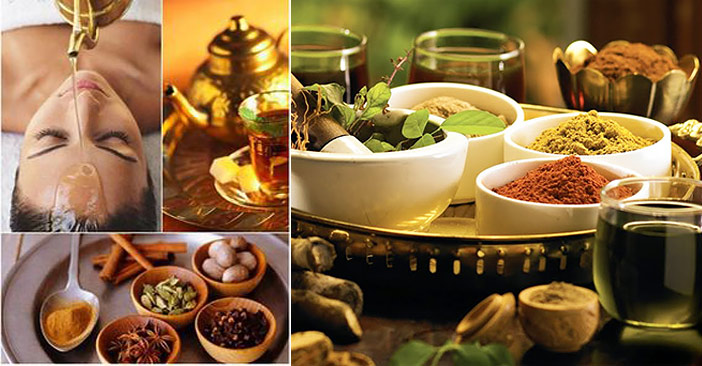When a person has jaundice, often referred to as Kamala in Ayurveda, their skin, mucous membranes, and eye whites turn yellow. High blood levels of the bile pigment bilirubin are what create the yellowing. Jaundice’s warning signs and symptoms include
- The eyes, tongue, skin, and urine are all yellowish.
- dull stomach pain in the upper part
- extreme fatigue
- a minor fever
- Constipation
- loss of lust
- nausea, occasionally
Jaundice therapy in Ayurveda
Treatment of illnesses is approached holistically in Ayurveda. Therefore, your Ayurvedic doctor will advise you to take a combination of medications and/or supplements for a set amount of time. You’ll receive a list of dos and don’ts as well as suggestions for your food throughout treatment. The following herbs are typically combined or used alone in jaundice treatment in ayurveda.
Tinospora cordifolia, often known as Guduchi or giloe
An indigenous vine found only in India, Sri Lanka, and Myanmar is called Guduchi. The plant’s stem is used to create a powder known as Guduchi satva. According to a study in the Indian Journal of Anaesthesia, adding Guduchi 16 mg/kg/day to conventional treatment reduced mortality rates in patients with obstructive jaundice from 61.5 percent to 25 percent in those who underwent surgery to unblock bile ducts, and from 39 percent to 6.25 percent in those who did not. Additionally, patients who received Guduchi reported better appetites, less nausea, and a decrease in the incidence of blood poisoning. Ayurvedic medical professionals advise taking this herb as a powder diluted in hot water. There are two daily doses.
Picrorhiza kurroa’s Kutki
India’s temperate zones are home to the perennial herb kutki. This herb’s roots and rhizomes, which are 3–4 years old, contain a substance called picroliv that is mostly used to treat liver conditions, including jaundice. The duct system can be unblocked by picroliv, according to research, preventing bile from building up in the bloodstream. This is because picroliv has an anti-cholestatic effect. This herb’s powder should be dissolved in hot water and consumed twice a day.
Adhatoda vasica, or Vasaka
Vasaka is an evergreen shrub that thrives in India, particularly in the Himalayan foothills. The plant, which is mostly used to treat bronchitis and lung conditions, is also good at treating jaundice when combined with other herbs because it helps lessen pitta aggravation and discomfort associated with jaundice. When combining this plant with medications or dietary supplements that have expectorant or antispasmodic properties, exercise caution. This plant’s leaf is used to treat jaundice. Two ounces of leaf juice should be consumed internally together with liquorice bark that has been powdered and combined with sugar in an equal amount, then a half teaspoon of honey.
Asav Kumari
Kumari asava is a concoction of more than 20 ayurvedic herbs, including Triphala, and other spices like cinnamon, cardamom, and black pepper, together with jaggery and honey. Although asava is particularly helpful for treating leucorrhoea, it is also recognized to ease bile duct congestion and enhance liver and gall bladder function. dosage: 2 to 6 teaspoons twice a day, or as recommended by your doctor.
The natural treatments provided by Ayurveda are strong and efficient and heal the body without having any negative side effects. These are the herbs used for ayurvedic medicine manufacturing.
